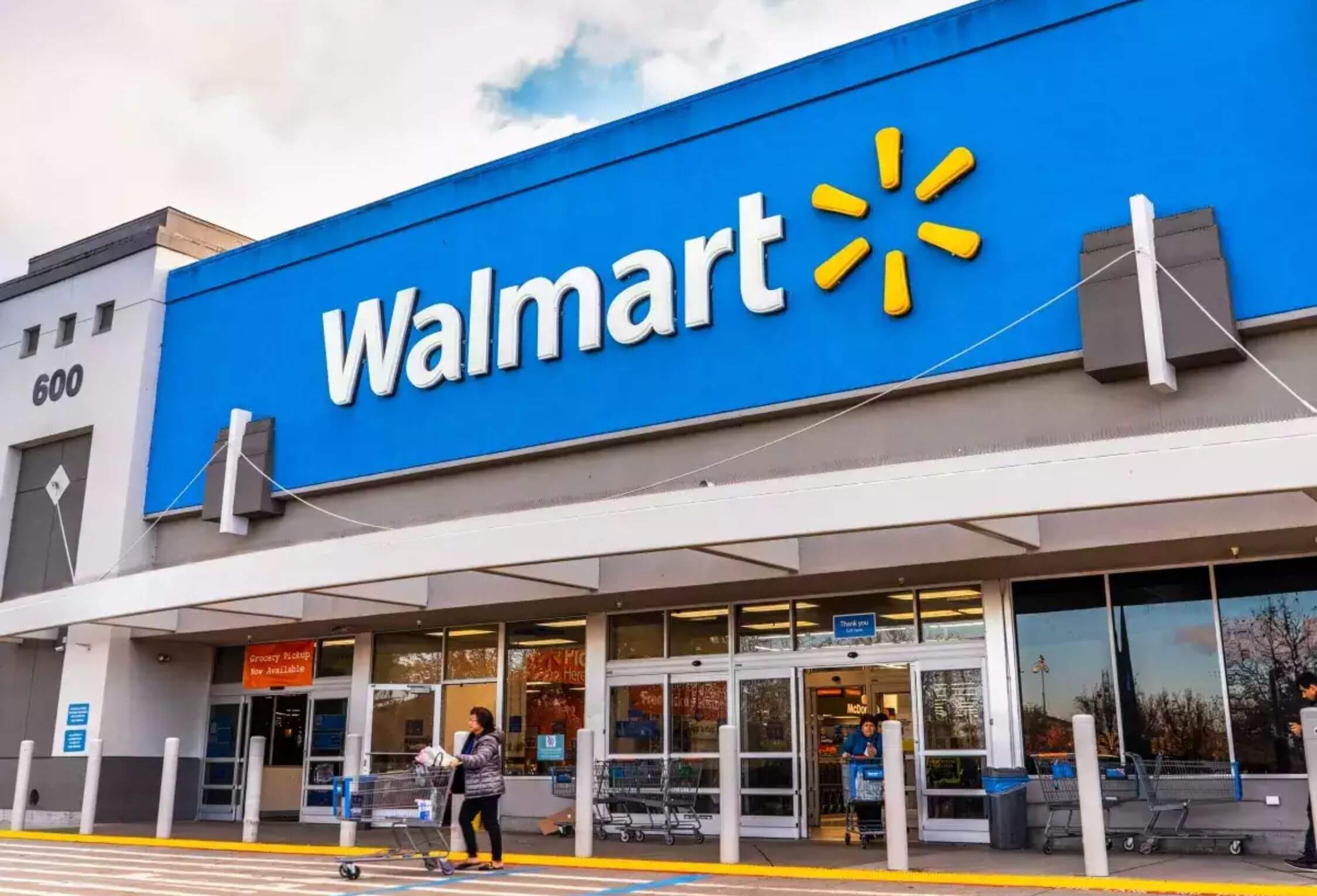The consumer goods and retail sector has faced significant turbulence in 2024, with many established names struggling to adapt to shifting consumer behavior and increasing operational costs. The year has been marked by widespread consolidation, where large corporate entities have continued to grow at the expense of smaller, niche, and specialty retailers. Once-beloved brands like Big Lots, The Body Shop, and Red Lobster have been forced to file for bankruptcy, with management missteps and declining consumer interest cited as key factors. However, a more significant cause of these closures is the industry’s failure to keep up with changing consumer demands and operational challenges.
Historically, a successful retail strategy relied heavily on maintaining a large physical presence and an extensive product selection. Yet, this traditional model is being overtaken by a shift toward e-commerce, where the focus is on speed, convenience, and price. The move to online shopping, which generally involves lower overhead costs, has created fierce competition, with many retailers offering steep discounts to attract customers. While consumers still appreciate quality, price and convenience are now often the deciding factors when making a purchase. In today’s market, the ability to get an item for $3 less, delivered to your door the next day, is a tempting offer that many retailers find difficult to compete with.
Rising costs for essential products are also affecting both consumers and retailers. According to the latest Consumer Price Index (CPI) data from November, the overall CPI rose by 0.3%, with several categories experiencing noticeable price hikes. Food prices have seen moderate increases, with food at home rising by 0.4% and food away from home up by 0.5%. The energy sector also saw a slight increase of 0.2%, while new and used car prices surged by 0.6% and 2.0%, respectively. Additionally, medical care services, apparel, and shelter prices all saw modest increases.
The increases in food costs are particularly noteworthy. In November, key grocery items like meats, poultry, fish, and eggs saw notable price hikes, with beef prices jumping 3.1% and egg prices rising a staggering 8.2%. Nonalcoholic beverages also became pricier, climbing 1.5% in November alone.
These rising costs are putting further pressure on consumers, who are already dealing with the ongoing challenge of inflation. As consumer preferences continue to evolve and operational costs rise, retailers must find innovative ways to balance affordability and quality if they hope to survive in an increasingly competitive and cost-conscious market. For many, the shift toward digital offerings and a streamlined, cost-effective shopping experience may be the only way forward.
Read Also: Dara Khosrowshahi Resigns from Aurora Innovation’s Board to Focus on Uber CEO Role



